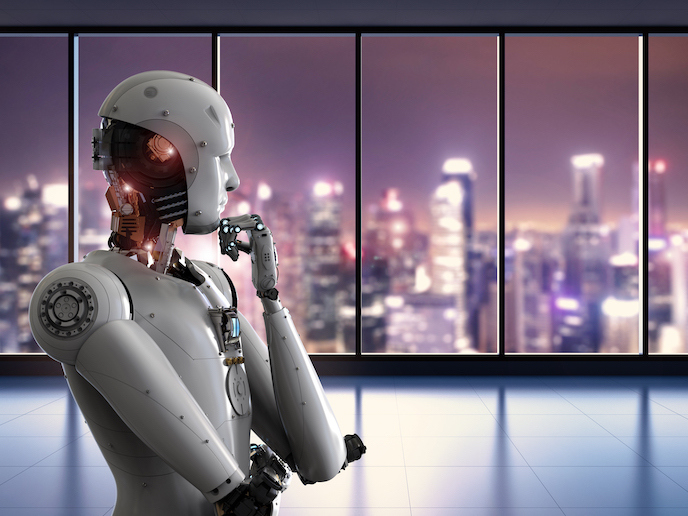Walking robots can carry out tasks by remembering movements
Computing robot movements is extremely complex, and doing this for robots with arms and legs, moving in an unstructured environment, is even harder. The robot must react fast to stimuli recorded by its sensors and apply this to new situations based on optimal decisions. “Such robots are very unstable. When a bipedal robot does not take the right decision, it can fall and would likely be damaged,” says MEMMO(opens in new window) project coordinator Nicolas Mansard, a robotics expert and research director at the National Centre for Scientific Research (CNRS)(opens in new window) in Toulouse, France. “For a walking robot to react to a situation in real time, it needs to solve a numerical problem with 10 000 variables within a millisecond, and that is way beyond the scope of what artificial intelligence is able to do these days,” Mansard explains. “We invented Memory of Motion to meet this big challenge.”
Too many variables to choose from
A massive amount of pre-computed optimal movements was generated offline and compressed into a database of possible reactions called Memory of Motion. The robot is trained offline on different simulated environments to build this library of motion. “We use the best available motion planners to reduce the [database] exploration time and enhance the quality of generated data, and we use machine learning to encode them into a Memory of Motion, which takes up less storage. Then we optimally adapt a candidate movement from the memory to similar situations that have not been explicitly explored,” remarks Mansard. This is known as ‘generalisation’. While walking around, the robot recognises a new situation from its sensors in real time. It then selects an appropriate reaction from its memory and optimises it using its prediction capabilities. “Online, we use this Memory of Motion to guide an ‘optimisation solver’ that takes the ultimate decision on the ways the robot should behave to maintain its balance, walk, achieve some tool manipulation and other things,” Mansard adds. “This way of generating movements in robots is a brand-new idea that we developed from scratch.”
Validation with three different robotic scenarios
MEMMO used a high-performance humanoid robot to carry out tooling tasks for aircraft assembly with consortium partner Airbus in Toulouse, France. “In the demonstration project the robot was able to walk around a factory, go to the assembly area and use a simplified version of a tooling task,” Mansard notes. In a second example, an advanced walking exoskeleton(opens in new window) was paired with a paraplegic patient in a rehabilitation centre under medical supervision to help the patient walk again. During the project this was developed into a mature product, now on order for a medical centre with the aim of eventually using the exoskeleton in a home environment. Finally, it was tested with a quadruped robot able to walk into a tunnel being dug or in buildings to be demolished. “You want to have an eye on what is happening, particularly in a danger zone where you want to avoid sending humans,” says Mansard. It was tested using an existing commercial industrial inspection robot from a company called ANYbotics(opens in new window) in Switzerland. Their ANYmal(opens in new window) robot is already on sale.
A generic solution
The same motion generator is used on the three very different robots. “We were able to do this by relying on advances in numerical optimisation, and in machine learning, and combining the two together.” He adds: “These are not used much together.” “It’s not for all the possible motion problems – not yet at least. But it’s very generic and goes much further than previous models,” Mansard concludes.







